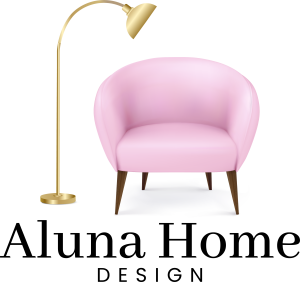In today’s fast-paced urban world, we often find ourselves disconnected from nature. Biophilic design bridges this gap by incorporating natural elements into indoor spaces, creating a harmonious environment that promotes well-being, productivity, and relaxation.
What is Biophilic Design?
Biophilic design is an architectural and interior design approach that integrates nature into built environments. It goes beyond adding a few plants—it involves natural materials, lighting, ventilation, and spatial designs that mimic nature’s patterns.
Benefits of Biophilic Design
-
Improved Well-Being
Exposure to nature indoors reduces stress, enhances mood, and promotes mental clarity. Natural light and greenery help create a calming atmosphere. -
Enhanced Productivity
Workspaces designed with biophilic elements improve focus, creativity, and job satisfaction. Employees working in nature-inspired environments tend to be more engaged and efficient. -
Better Air Quality
Indoor plants act as natural air purifiers, removing toxins and improving oxygen levels, leading to a healthier living and working space. -
Energy Efficiency
Using natural light, proper ventilation, and green roofs can reduce reliance on artificial lighting and air conditioning, leading to energy savings.
How to Incorporate Biophilic Design in Your Space
- Add Greenery: Place indoor plants, vertical gardens, or even small potted herbs to bring a touch of nature inside.
- Maximize Natural Light: Use large windows, skylights, and mirrors to allow sunlight to fill the space.
- Use Natural Materials: Opt for wood, stone, bamboo, and natural fabrics to create an organic, earthy feel.
- Incorporate Water Elements: Small fountains, aquariums, or water walls can enhance tranquility and create a peaceful ambiance.
- Choose Nature-Inspired Colors & Patterns: Earthy tones, floral prints, and textures resembling natural landscapes can enhance the biophilic effect.

